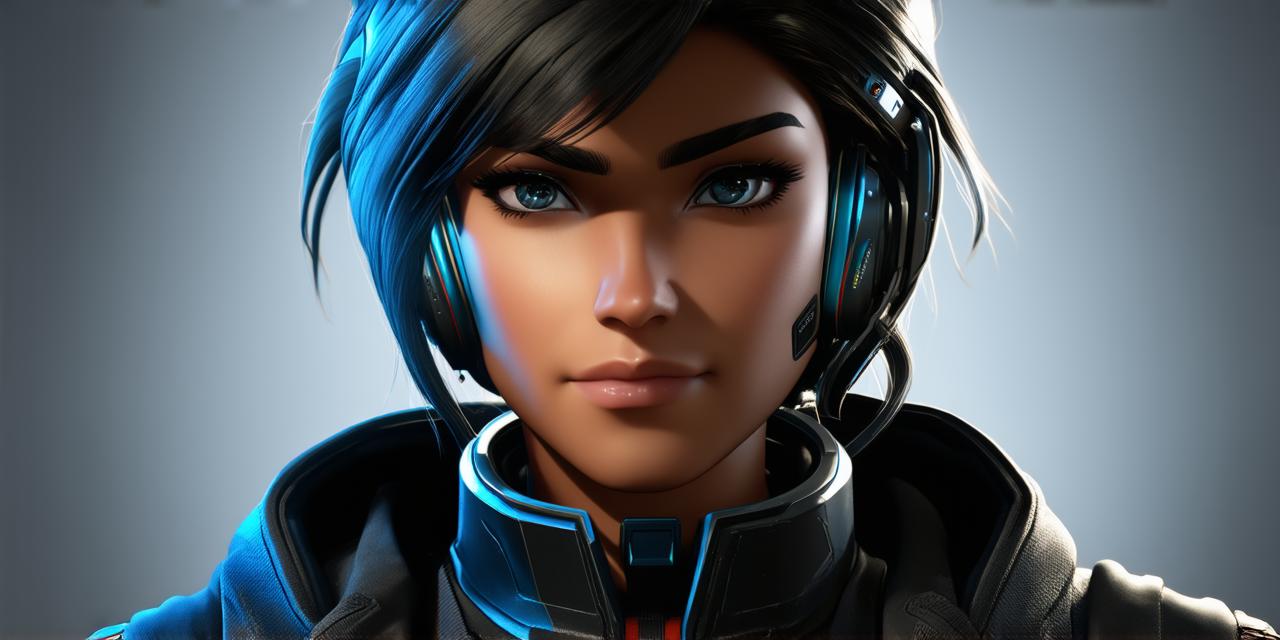Unity 3D is a powerful game engine that allows you to create interactive experiences for various platforms. In order to navigate your character in Unity, there are several key concepts and tools that you need to understand. In this article, we will explore some of the most important aspects of navigating your character in Unity 3D.
Movement Components
The first step in creating a character that can move around is to add movement components to it. These components allow you to define how the character moves and interacts with the environment. In Unity, there are several different types of movement components available, including:
- Rigidbody: This component allows you to control the movement of your character based on physical laws such as gravity, friction, and collisions.
- Animator: This component allows you to create animations for your character, which can include walking, running, and jumping.
- NavMesh: This component allows you to define navigation paths for your character, which can help it avoid obstacles and navigate through complex environments.
Setting Up Movement
Once you have added movement components to your character, you need to set up the movement logic for your game. This involves creating scripts that control how your character moves and interacts with the environment. Some of the key elements of movement logic include:
- Input handling: In order to control your character, you need to handle user input such as keyboard and mouse movements.
- Movement calculations: You need to calculate the movement of your character based on the input and the movement components that have been added to it.
- Collision detection: Your character should be able to detect collisions with objects in the environment and adjust its movement accordingly.
Creating Navigation Paths
In addition to movement logic, you may also want to create navigation paths for your character. This can help your character avoid obstacles and navigate through complex environments more easily. In Unity, you can create navigation paths using the NavMesh tool. This tool allows you to define the layout of your environment and create navigation paths that your character can follow.
Customizing Your Character
Finally, once your character is moving and navigating through your environment, you may want to customize it further. This can include adding textures, animations, and other visual elements to make your character more unique and engaging. In Unity, there are many tools available for customizing characters, including the Sculpt tool and the Particle System component.
Conclusion
Navigating your character in Unity 3D requires a good understanding of movement components, input handling, collision detection, navigation paths, and customization options. By mastering these concepts and tools, you can create interactive experiences that are engaging, immersive, and fun to play.
